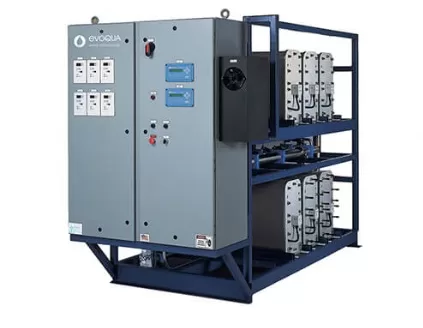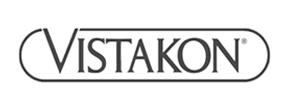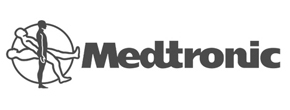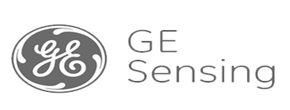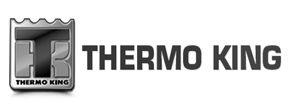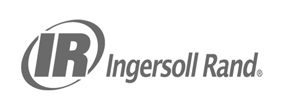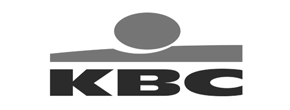The RO-EDI (Reverse Osmosis-Electrodeionisation) system is a water purification process that combines reverse osmosis (RO) and electrodeionisation (EDI) to produce high-purity water. Over the past few months, we at One Eight have been asked to service a number of these types of systems from small to large. EDI systems and the combination systems of RO-EDI are fantastic method of producing very high quality and purity of water for use. They are an intricate system but not overly complicated so here’s a step-by-step explanation of how the system works:
Reverse Osmosis (RO) Stage:
Feedwater: The process begins with the introduction of raw or feed water, which typically contains various impurities, contaminants, and ions.
Pre-filtration: Prior to entering the RO membrane, the feed water undergoes pre-filtration to remove larger particles and impurities that could damage the RO membrane.
Reverse Osmosis: The pre-filtered water is pressurised and forced through a semi-permeable membrane in the RO unit. This membrane allows water molecules to pass through while blocking the majority of dissolved impurities, ions, and contaminants.
Post-RO Treatment:
Concentrate Disposal: The rejected impurities and concentrated solution (also known as brine or concentrate) from the RO process are typically discharged, while the purified water continues to the next stage.
pH Adjustment: In some systems, pH adjustment may be necessary to optimize conditions for the electrodeionisation process that follows.
Electrodeionisation (EDI) Stage:
Introduction to EDI: The RO-treated water, which still contains residual ions, enters the electrodeionisation unit.
Ion-Exchange Resins: Inside the EDI unit, there are alternating layers of ion-exchange resins, typically cation and anion exchange resins. These resins attract and capture the remaining ions in the water.
Electric Field Application: An electric field is applied across the resin beds. This electric field helps to enhance the movement of ions through the ion-exchange membranes and into the resin, facilitating ion removal.
Continuous Purification: The EDI process is continuous, meaning that as the water passes through the resin beds, ions are continuously removed, and the water becomes increasingly pure.
Product Water Collection:
Purified Water Output: The water that has passed through both the RO and EDI stages is now highly purified and suitable for various applications, such as laboratory processes, pharmaceutical manufacturing, electronics production, and more.
The integration of RO and EDI provides a reliable and efficient method for continuous production of ultrapure water. The combination allows for high-purity water production without the need for chemical regeneration, making it a cost-effective and sustainable option for industries requiring a consistent supply of purified water.

